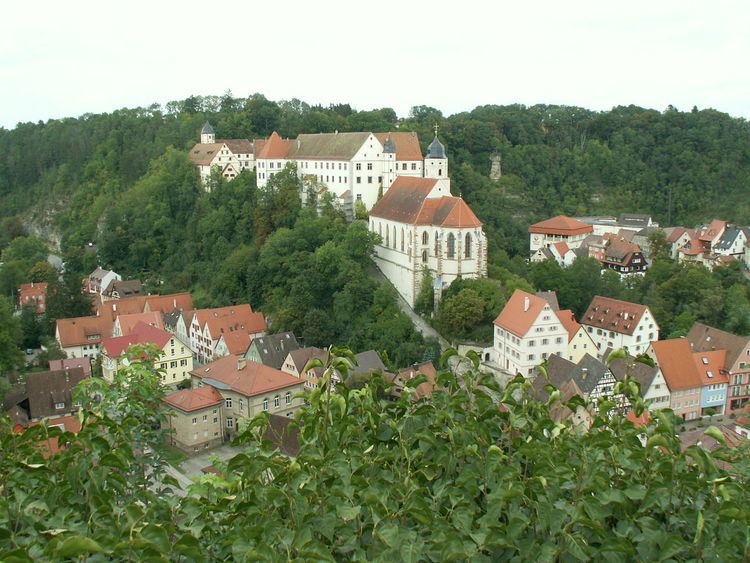Religion Roman Catholic Founded 1576 | Government Principality Preceded by Succeeded by Date dissolved 1767 | |
 | ||
Hohenzollern-Haigerloch was a small county in southwestern Germany. Its rulers belonged to the Swabian branch of the House of Hohenzollern. It became part of the neighboring Hohenzollern-Sigmaringen in 1767.
Contents
- Johann christoph hohenzollern haigerloch
- History
- Counts of Hohenzollern Haigerloch 1576 1767
- References
Johann christoph hohenzollern haigerloch
History
The more famous younger Franconian branch of the Hohenzollern family became Burgraves of Nuremberg, Margraves of Brandenburg, Kings of Prussia, and finally Emperors of Germany. Unlike their northern relatives, the Swabians remained Catholic.
The county of Hohenzollern-Haigerloch was created in 1576, when Karl I of Hohenzollern died and his lands were divided between his three sons:
All three territories were located in south-western Germany and were fiefs of the Holy Roman Empire. The area is now part of the German Land of Baden-Württemberg. Hechingen, Sigmaringen, and Haigerloch were the capitals of the three states.
